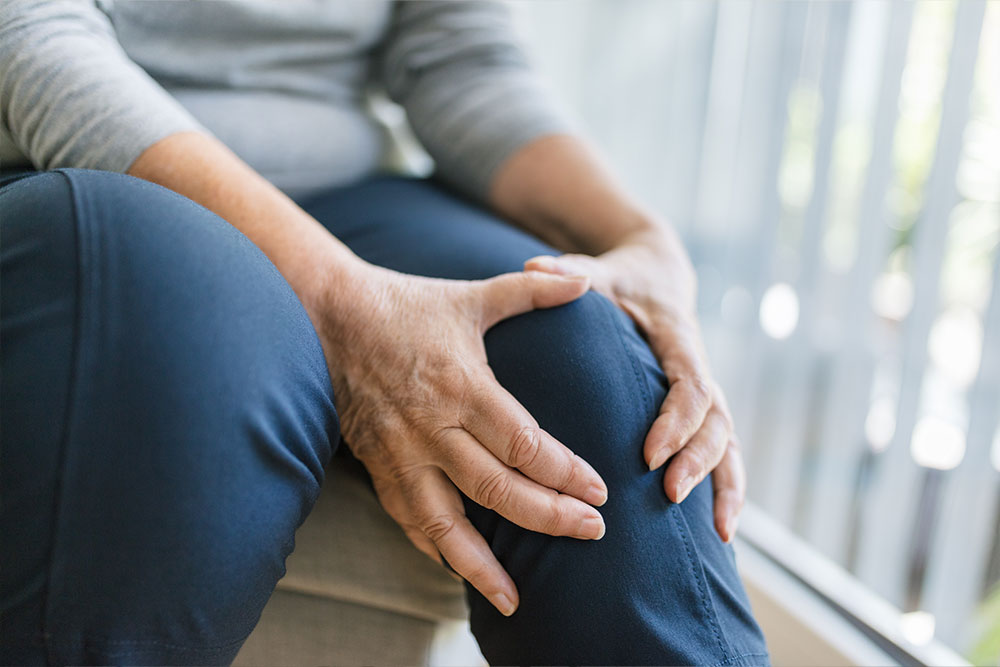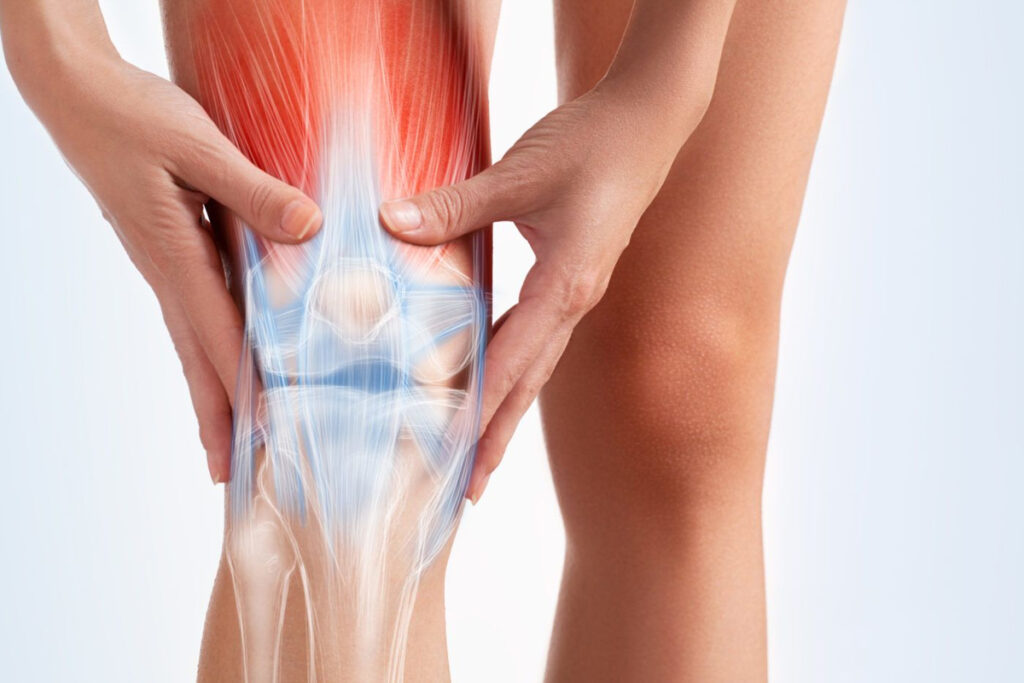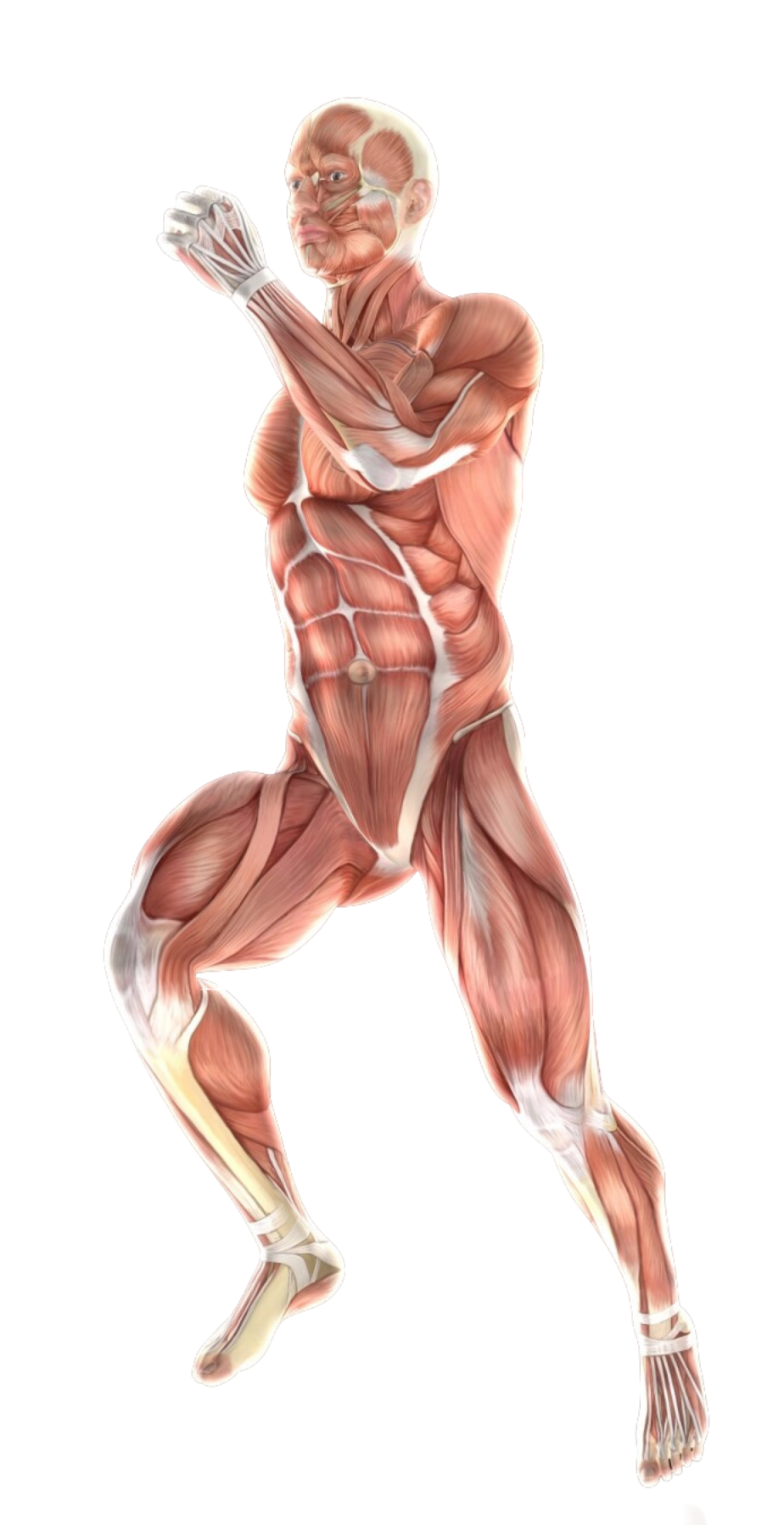- #11-13 Mount Elizabeth Medical Centre (Orchard)
- Mon Fri 9am — 6pm | Sat 9am — 12.30 pm
The knee joint is a complex structure that relies heavily on ligaments for stability. The medial collateral ligament (MCL) and lateral collateral ligament (LCL) are two crucial ligaments located on opposite sides of the knee joint and play a vital role in preventing excessive side-to-side movement. Injuries to these ligaments, commonly known as MCL/LCL injuries, occur frequently in sports and other activities.
The MCL is located on the inner side of the knee joint and connects the femur (thigh bone) to the tibia (shin bone). It primarily works to prevent the knee from bending outward (varus stress).
The LCL is located on the outer side of the knee joint and connects the femur to the fibula (smallest leg bone). Its main function is to prevent the knee from bending inward (valgus tension).
Signs and symptoms of MCL and LCL injuries can vary depending on the severity of the tear. However, some common features include:
MCL and LCL injuries can occur due to several factors, often involving a force that pushes the knee sideways beyond its normal range of motion. Here are some common causes:

While anyone can suffer an MCL/LCL injury, certain factors can increase your susceptibility:
The treatment approach for MCL/LCL injuries depends on the severity of the tear, individual needs, and activity level. Here’s an overview of common treatment options:
Avoiding activities that exacerbate the pain and allowing the ligament to heal is crucial in the initial stages.
Applying ice packs to the affected area for 15-20 minutes at a time, several times a day, can help reduce pain and inflammation.
Wearing a compression bandage or sleeve can help reduce swelling and provide support to the joint.
Elevating the affected leg above the heart level whenever possible can also help reduce swelling.
Over-the-counter pain relievers like ibuprofen or acetaminophen can manage pain and discomfort.
Wearing a compression bandage or sleeve can help reduce swelling and provide support to the joint.
Range-of-motion exercises: To improve flexibility and restore full movement in the knee joint.
Strengthening exercises: To focus on strengthening the quadriceps, hamstrings, and core muscles to enhance stability and support the knee joint.
Proprioception training: Exercises designed to improve balance and awareness of joint position, crucial for preventing re-injury.
In some cases, wearing a hinged knee brace for a short period can provide extra support and stability during the healing process.

Surgery is typically only considered for complete tears that cause significant instability and prevent individuals from resuming their desired activities, particularly high-demand sports. Surgical options might include:
The recovery time for MCL/LCL injuries can vary significantly depending on the severity of the tear, individual factors, and adherence to the treatment plan:

Spine - Neck
Shoulder & Elbow
Spine — Back
Wrist & Hand
Knee Pain
Ankle Pain
Foot Pain
Book a consultation with us for a more comprehensive diagnosis and a personalised treatment plan best suited to your needs.

Spine - Neck
Shoulder & Elbow
Spine — Back
Wrist & Hand
Knee
Ankle
Foot